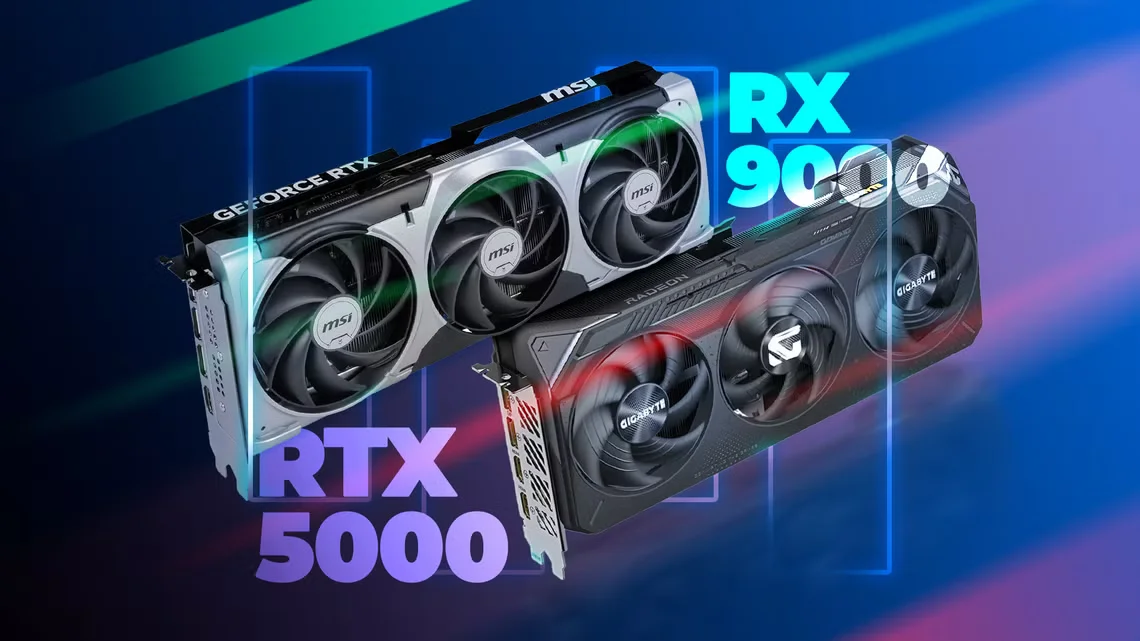For over ten years, I have been a loyal NVIDIA user, upgrading from one generation to the next. My trusty RTX 3070 has served me well, but after four years, it’s time for an upgrade. However, instead of continuing with NVIDIA, I made a surprising decision—I bought an AMD RX 9070 XT.
This was not a decision I made lightly. Several factors played a role, including price, availability, and hardware reliability. Most importantly, AMD has made a remarkable comeback in the GPU market, offering a compelling alternative to NVIDIA.
RX 9070 XT vs. RTX 5070 Ti: Better Value for the Money
Initially, I had my eyes set on the RTX 5070 Ti, but when comparing price-to-performance, the RX 9070 XT emerged as the better option.
- In non-ray-tracing games, the RTX 5070 Ti is only about 10% faster than the RX 9070 XT.
- When ray tracing is enabled, NVIDIA’s card has a 15% lead, but the AMD card costs 20% less.
In terms of real-world pricing:
- In Europe, I managed to get an RX 9070 XT for €810, which is only 17% over its MSRP (€689).
- The cheapest RTX 5070 Ti costs about €1120, which is 27% above its MSRP (€884) and a €320 price gap compared to the RX 9070 XT.
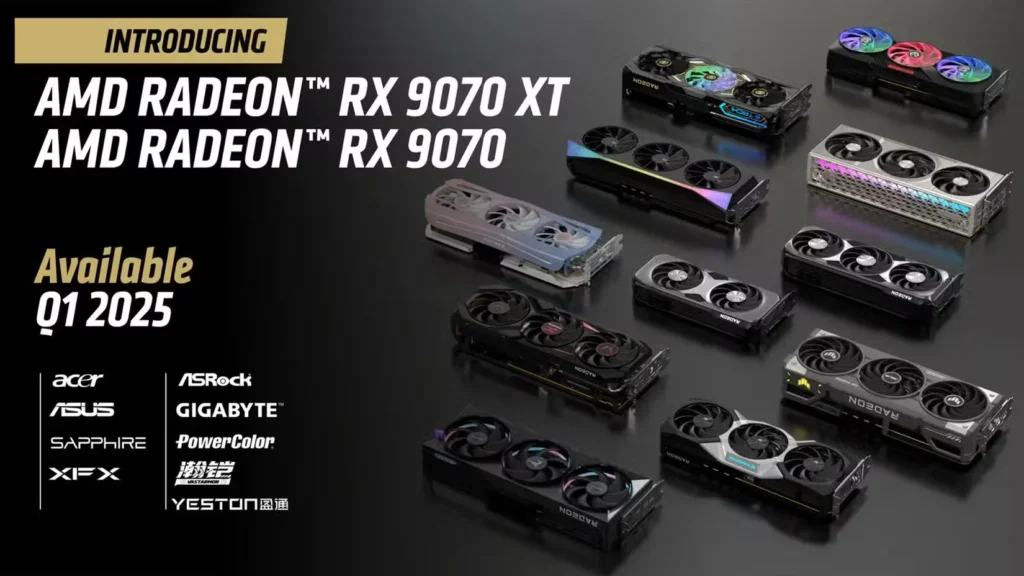
In the US, the situation is slightly better, but AMD still provides better value.
- The RX 9070 XT costs around $730 in most stores.
- The RTX 5070 Ti starts at $900, making it nearly $200 more expensive.
For a small performance difference, I couldn’t justify spending that much more on NVIDIA’s card.
RTX 50 Series: Underwhelming Performance for the Price
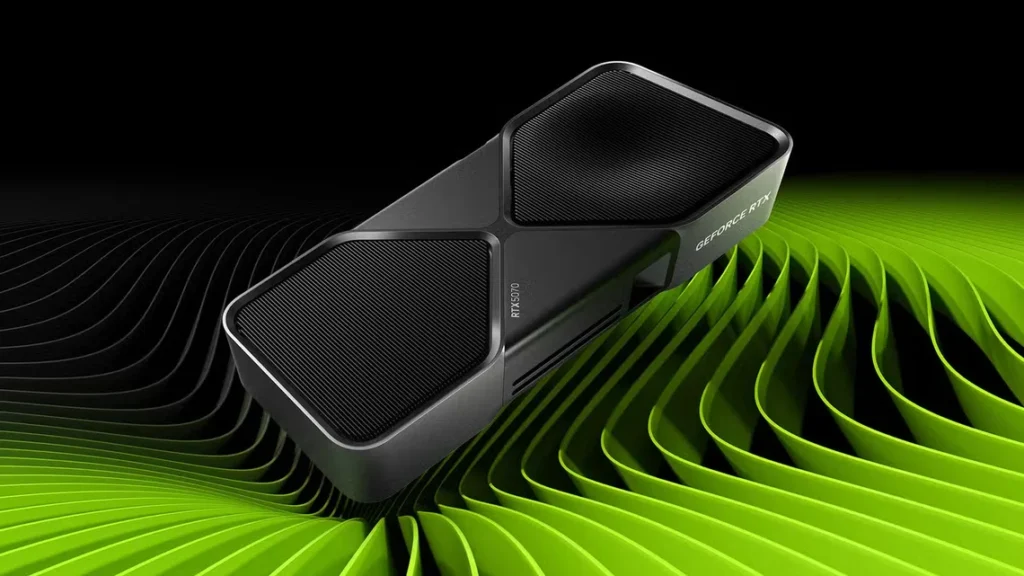
When I first planned to upgrade, I considered the RTX 4080 Super but decided to wait for the RTX 50 series to see if it would bring significant improvements. That turned out to be a major letdown.
- Aside from the RTX 5090, the RTX 50 series barely offers any performance uplift over the 40 series.
- The RTX 5070 Ti costs as much as the RTX 4080 Super from 2024, without any real performance improvements.
- The only notable feature is DLSS Multi-Frame Generation, which I personally have no interest in.
I even checked the used GPU market, hoping to find an affordable RTX 4080, but prices are still above €1,000, which is ridiculous.
On the other hand, AMD has done a much better job with the RX 9070 XT:
- 36% performance boost over the RX 7800 XT in rasterization.
- More than 40% better performance in ray-traced games.
That’s the kind of generational leap I expect from a new GPU.
FSR 4: A Game-Changer for AMD

One of my biggest concerns about switching to AMD was FSR (FidelityFX Super Resolution).
- FSR 3 and older versions had noticeable image quality issues, such as blurry textures, flickering artifacts, and poor detail rendering.
- On my ROG Ally, these issues weren’t a big deal due to the small screen, but on my ultrawide 3440×1440 monitor, they were unacceptable.
Thankfully, FSR 4 is a major improvement.
- It’s finally a machine-learning-based upscaler, much closer in quality to DLSS 3.
- It’s still slightly behind DLSS 4, but the difference is small enough to justify the much lower price of an AMD GPU.
This sealed the deal for me—I no longer had to worry about image quality trade-offs when switching to AMD.
RX 9070 XT: A Massive Upgrade Over the RTX 3070
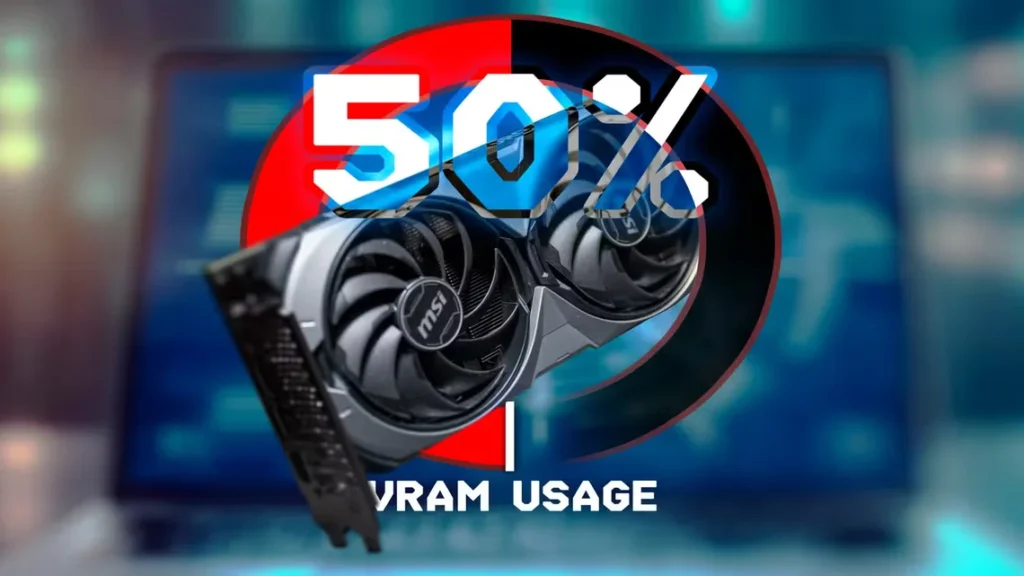
Compared to my RTX 3070, the RX 9070 XT delivers:
- 60% higher performance in ray-traced games.
- 80% better performance in rasterized gaming.
- Double the VRAM (8GB → 16GB), which is essential for modern gaming.
The RTX 3070 still holds up well for 1440p gaming, but its 8GB of VRAM is a major bottleneck. Even when the card has enough raw power, I have to lower texture quality and other settings to avoid stuttering and performance dips.
While ray tracing technically works, it only runs smoothly for a few minutes before VRAM usage spikes and turns the game into a slideshow. With 16GB of VRAM, the RX 9070 XT solves this problem entirely.
Avoiding NVIDIA’s Hardware Problems
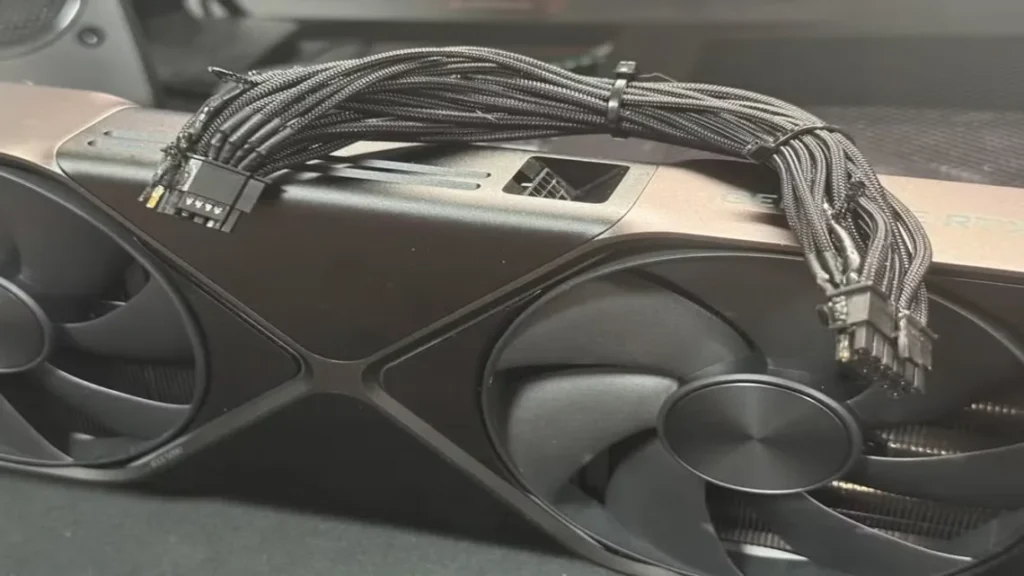
Another major reason I switched to AMD is NVIDIA’s ongoing hardware issues.
- The Problematic 12V-2×6 Power Connector
- NVIDIA refused to abandon the 16-pin 12VHPWR connector, even though it caused melting and power issues in the RTX 40 series.
- The new 12V-2×6 connector is even worse, with more cases of melting cables reported on RTX 5080 and 5090 cards.
- The RTX 5070 Ti doesn’t seem affected, but I don’t want to take any chances.
- The Missing ROP Issue
- Some RTX 50 cards suffer from missing Render Output Units (ROPs), leading to up to 10% slower performance than advertised.
- Gamers Nexus tested this issue and found that some cards were defective right out of the box.
- If I got an affected card, I’d have to go through weeks of RMA process, which is a huge hassle.
With AMD, I don’t have to worry about these issues.
- The RX 9070 XT uses standard 8-pin power connectors, so I don’t need adapters or worry about power failures.
- No risk of missing ROPs, so I can be sure I’m getting the performance I paid for.
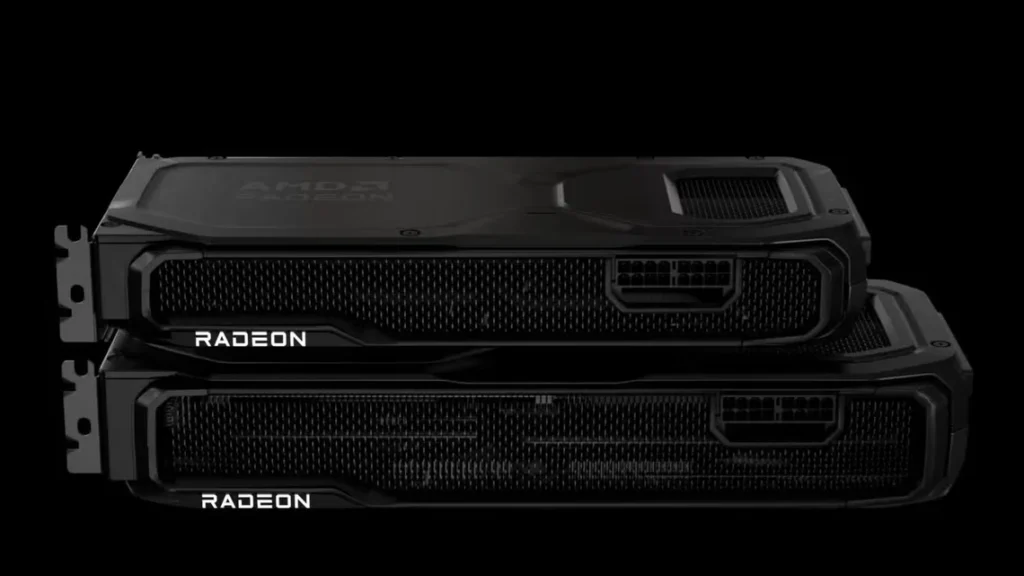
Final Thoughts: AMD Was the Right Choice
Looking back, I’m 100% confident in my decision to switch to AMD.
- The RX 9070 XT delivers excellent performance for a much lower price than the RTX 5070 Ti.
- FSR 4 finally makes AMD’s upscaling competitive, solving one of my biggest concerns.
- 16GB of VRAM ensures better performance and future-proofing, especially for modern, memory-hungry games.
- No risk of hardware issues, unlike the problematic RTX 50 series.
I never thought I’d leave NVIDIA after a decade, but AMD’s resurgence in the GPU market has made it an easy decision. Now, I just have to wait for my RX 9070 XT to arrive, and I’m ready to enjoy high-refresh-rate, max settings gaming for years to come. 🚀

